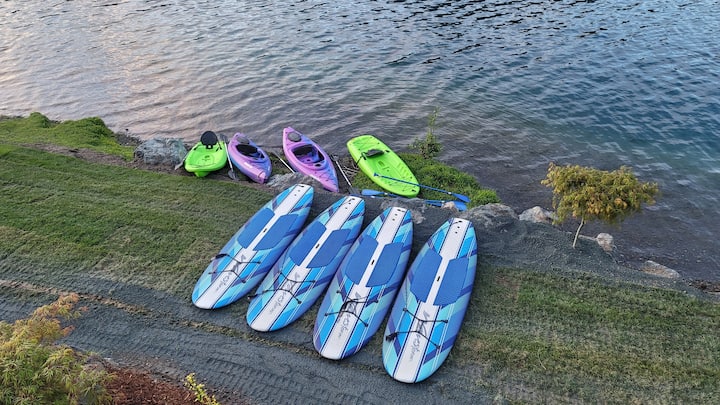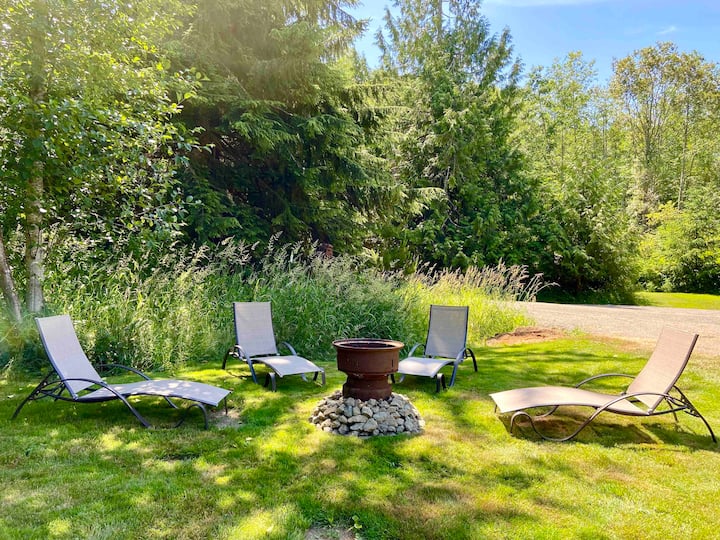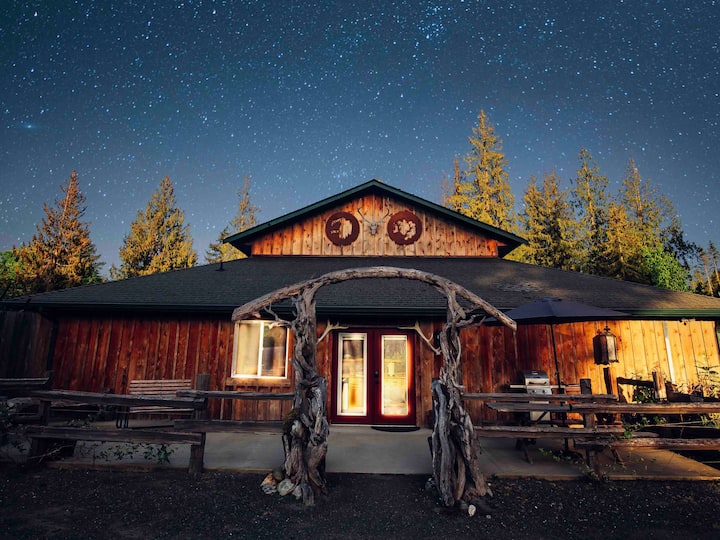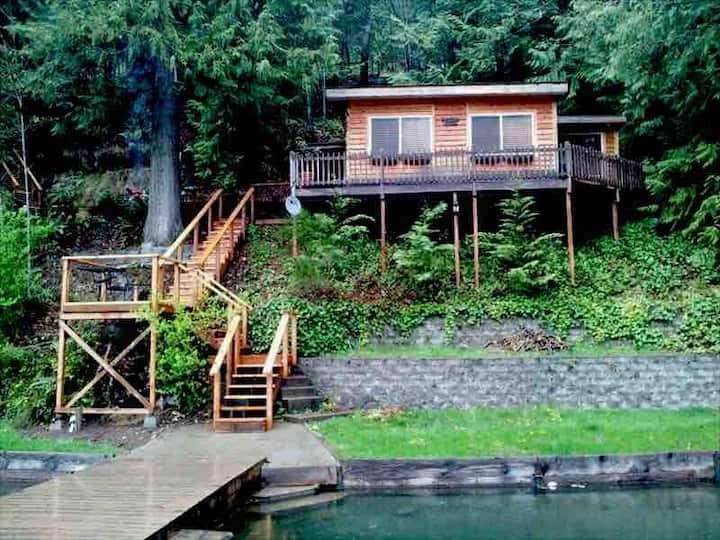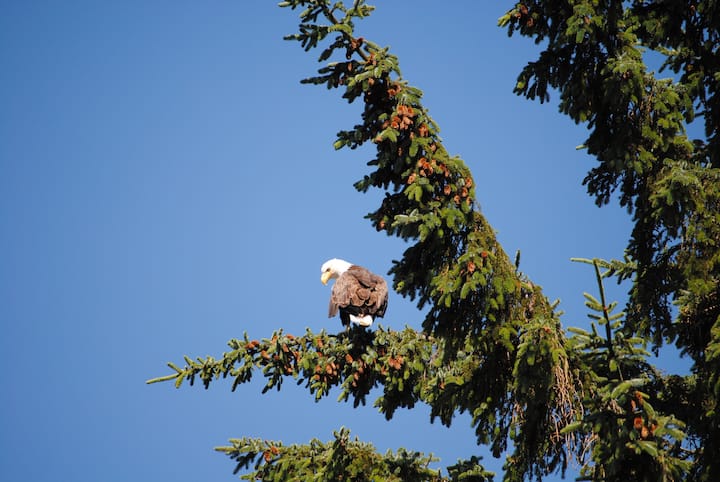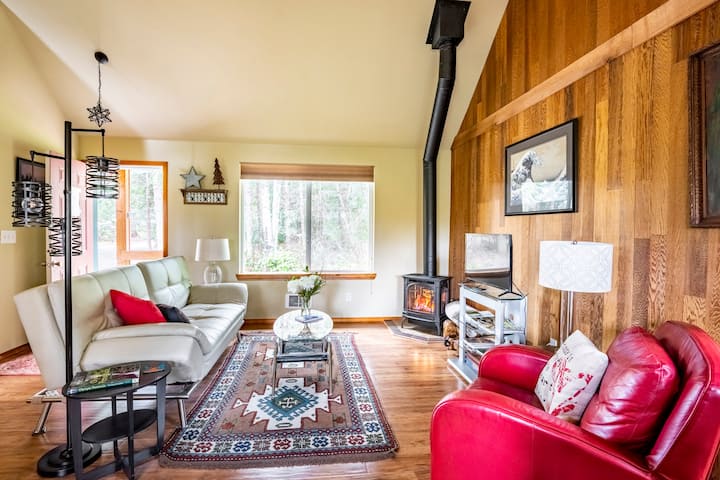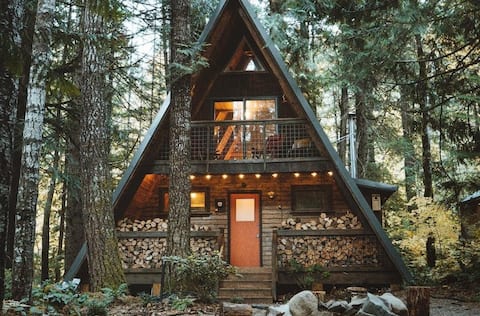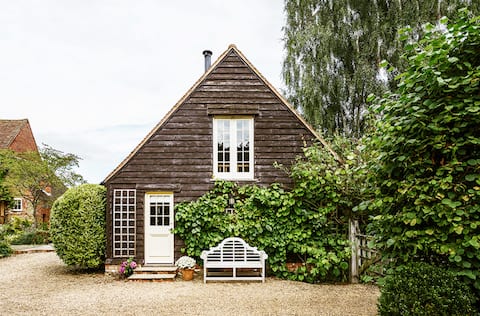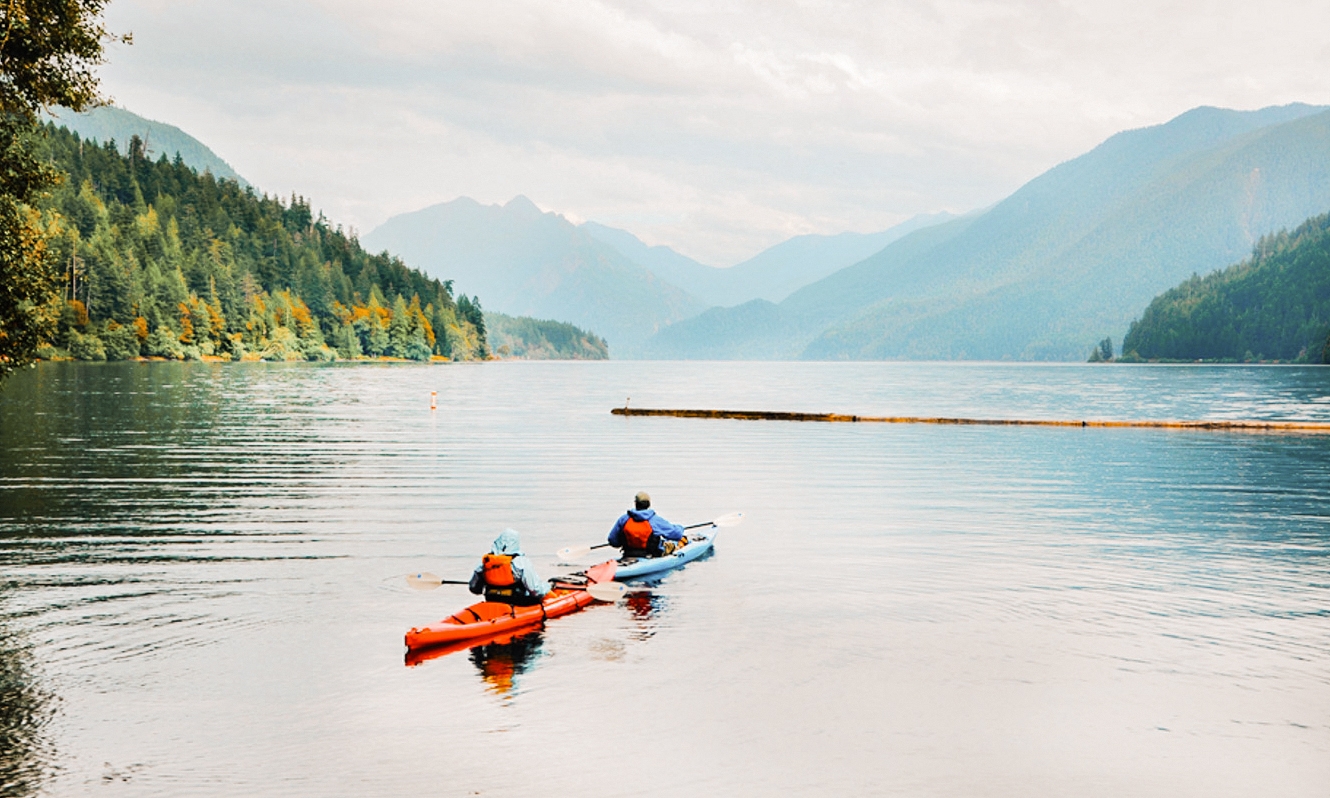
Lake cabins in Lake Crescent
Book unique vacation rentals, houses, and more on Airbnb
Top-rated cabins in Lake Crescent
Guests agree: these vacation rentals are highly rated for location, cleanliness, and more.
Vacation rentals for every style
Get the amount of space that is right for you
Popular amenities for Lake Crescent cabins
Other great vacation rentals in Lake Crescent

Home in Port Angeles
5.0 out of 5 average rating, 399 reviewsStunning Mountain View from an Exquisite Home
Sep 5 – 12
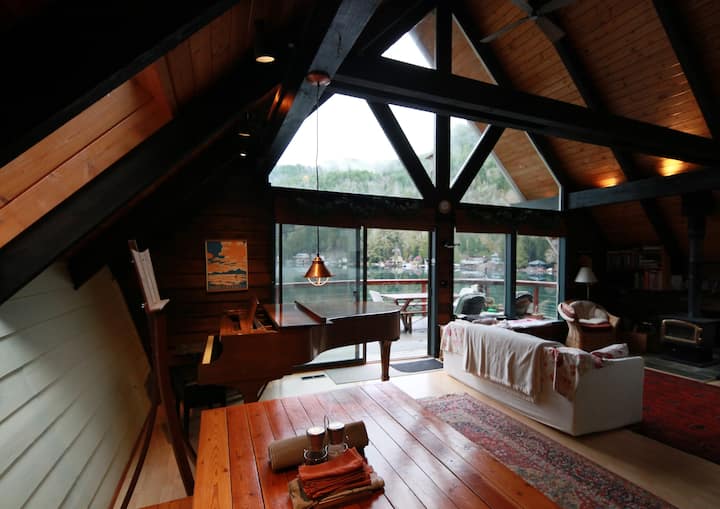
Home in Port Angeles, Washington
4.94 out of 5 average rating, 173 reviewsOlympic Peninsula 3-story Lake House
Oct 11 – 18
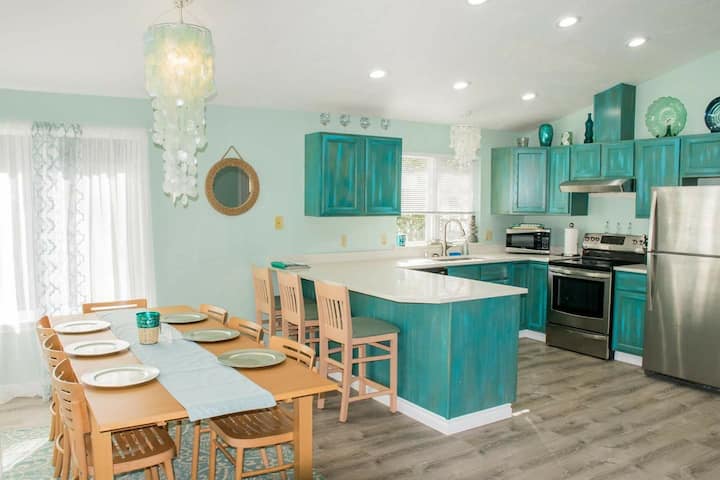
Home in Port Angeles
4.85 out of 5 average rating, 383 reviewsCasa del Lago and Lake Sutherland
Dec 23 – 30

Home in Port Angeles
4.82 out of 5 average rating, 260 reviews**VIEW!!!** Beautiful Lakehouse @ Lake Sutherland
Apr 21 – 26
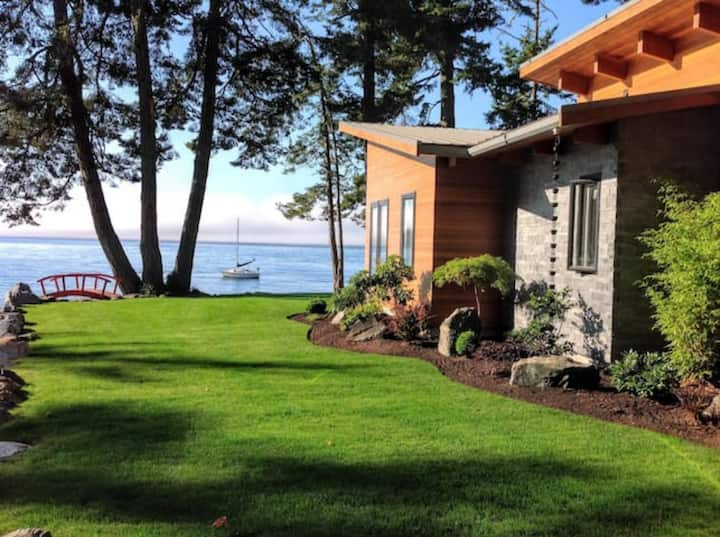
Home in Sooke, Canada
4.95 out of 5 average rating, 153 reviewsFreedom To Fly
Nov 9 – 16

Home in Sooke, Canada
4.95 out of 5 average rating, 125 reviewsAn oceanfront escape with a breathtaking view
Jan 17 – 24

Home in Beaver
4.97 out of 5 average rating, 116 reviewsCharming Pacific N.W. Retreat W/Lake Front Living
Jan 1 – 8
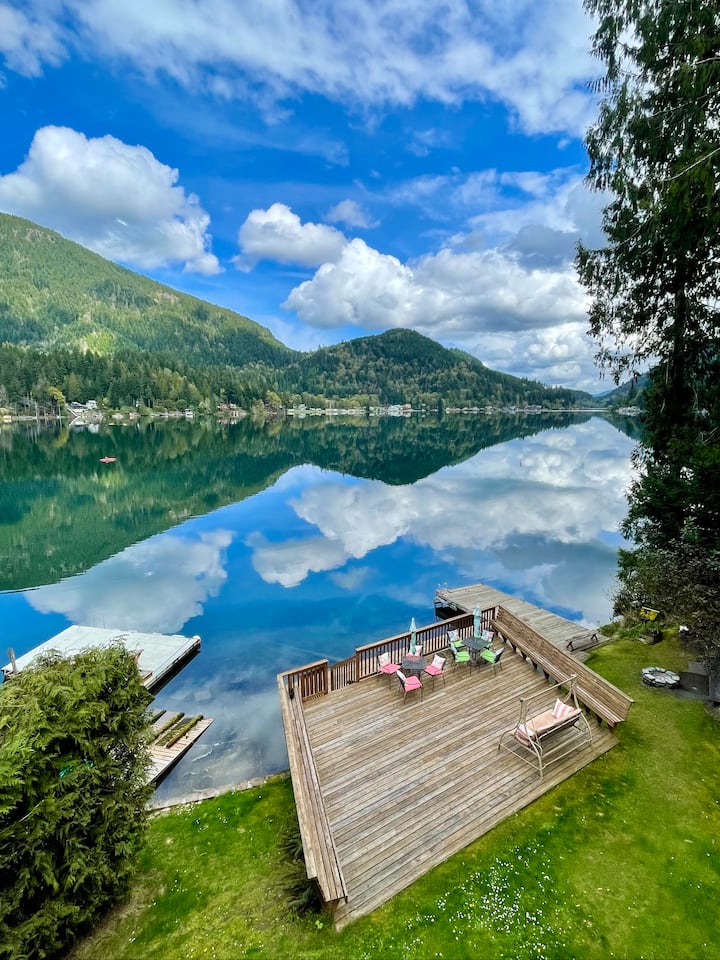
Home in Port Angeles, Washington
5.0 out of 5 average rating, 4 reviewsSecluded "Reflection Point" at Lake Sutherland
Oct 3 – 10
Lake Crescent cabins
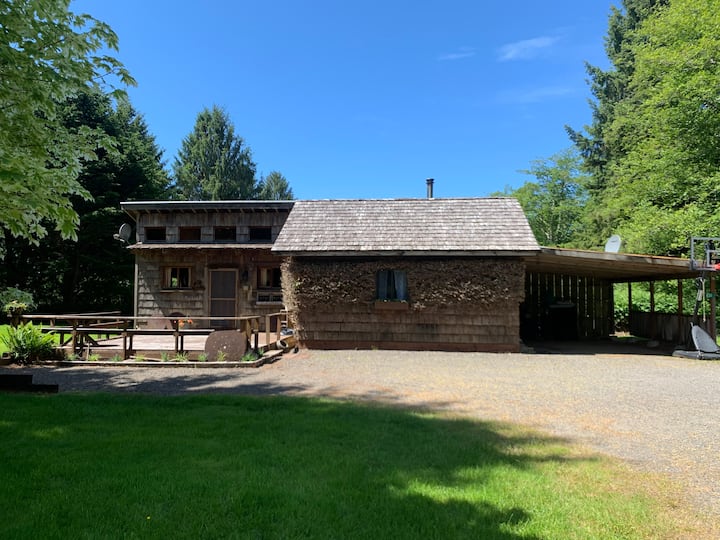
Cabin in Forks
4.95 out of 5 average rating, 220 reviewsLittle Cabin on the Prairie
Mar 30 – Apr 6
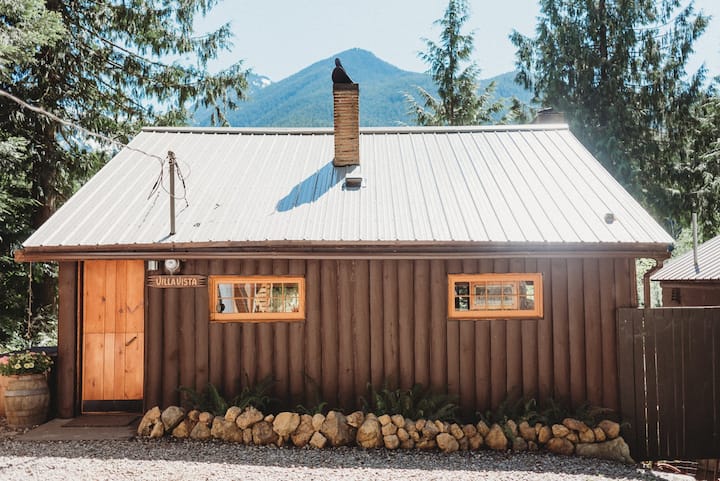
Cabin in Port Angeles
4.97 out of 5 average rating, 182 reviewsVilla Vista Mountain Cabin
Oct 23 – 30

Cabin in Sooke, Canada
4.98 out of 5 average rating, 195 reviewsZephyr Cottage & Sauna-West Coast Living in Sooke
Dec 10 – 17

Cabin in Sooke, Canada
4.96 out of 5 average rating, 323 reviewsEast Sooke Tree House
Nov 29 – Dec 6
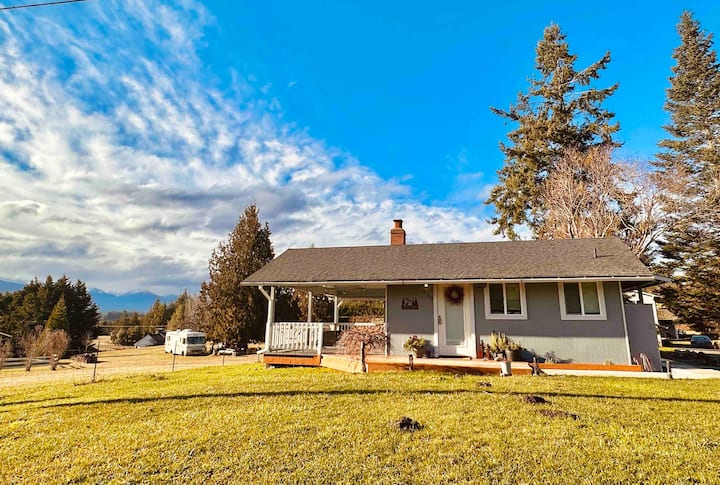
Cabin in Sequim
4.97 out of 5 average rating, 137 reviewsRainshadow Cabin - Romantic Getaway
Nov 27 – Dec 4
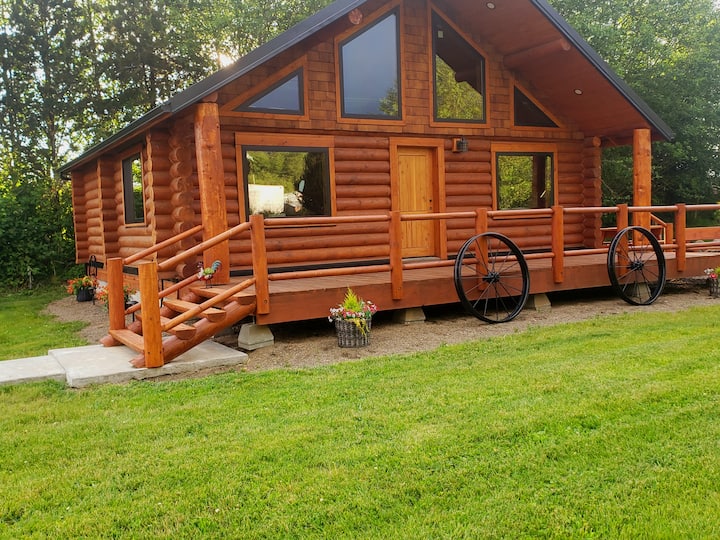
Cabin in Forks, Washington
4.97 out of 5 average rating, 125 reviewsCustom log home 2022 NEW construction.
Nov 2 – 9
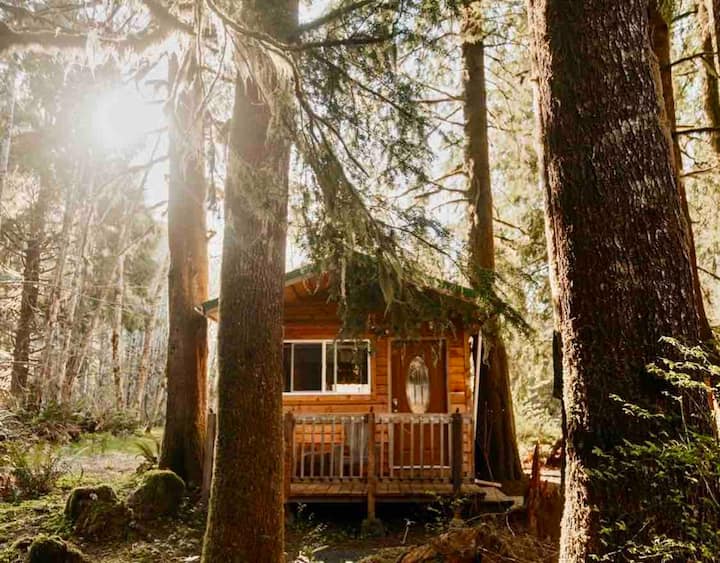
Cabin in Forks
4.91 out of 5 average rating, 226 reviewsHuckleberry Cabin- 4 miles from La Push beaches
Aug 12 – 19

Cabin in Forks, Washington
4.81 out of 5 average rating, 129 reviewsOlson Cabin #2-Rialto Beach
Feb 24 – Mar 3
Lake Crescent houses
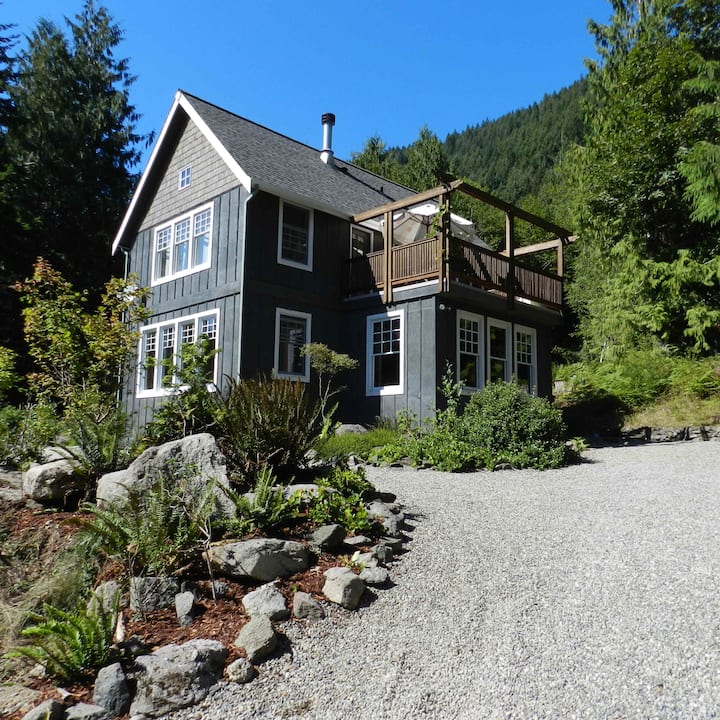
Home in Port Angeles, Washington
4.97 out of 5 average rating, 428 reviewsSecluded Olympic Nat'l Park Retreat
Mar 29 – Apr 5
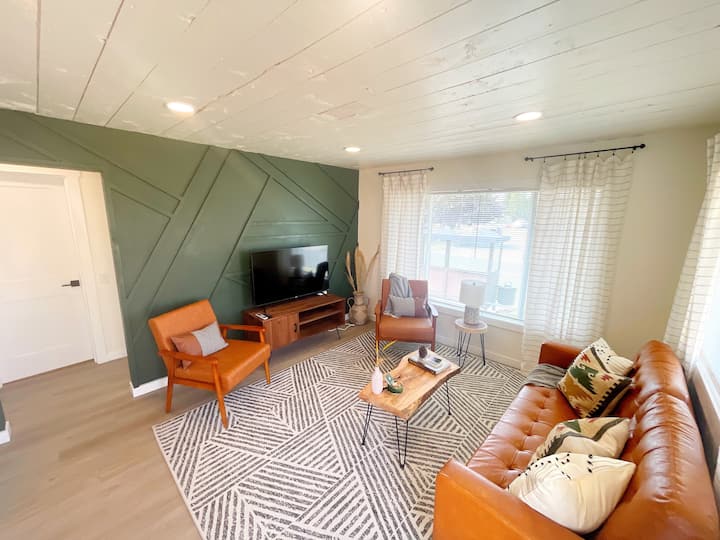
Home in Port Angeles, Washington
4.94 out of 5 average rating, 161 reviewsCozy and Clean Holiday Stay- Unit B
Jan 31 – Feb 7

Home in Port Angeles
4.97 out of 5 average rating, 455 reviewsCharming Pacific N.W. Retreat with Mountain Views
Jan 30 – Feb 6

Home in Port Angeles, Washington
4.98 out of 5 average rating, 230 reviewsOcean View & Private Entrance Studio
Sep 28 – Oct 5

Home in Sequim
4.96 out of 5 average rating, 168 reviewsBlue Hole Get Away
Oct 4 – 11

Home in Port Angeles, Washington
4.92 out of 5 average rating, 142 reviewsRiver House on the Elwha River & the Olympic Park
Mar 13 – 20
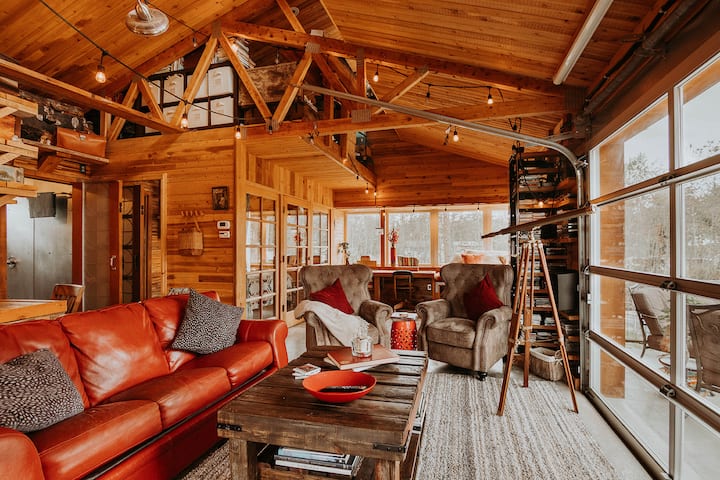
Home in Port Angeles
4.9 out of 5 average rating, 525 reviewsEagle's Landing-Water view-Hot tub-books-games
Mar 28 – Apr 4

Home in Port Angeles
4.9 out of 5 average rating, 145 reviewsCozy Little Home.
Nov 7 – 14
Your guide to Lake Crescent
All About Lake Crescent
Washington’s Lake Crescent owes its existence to a massive earthquake that rocked the Olympic Mountains several thousand years ago. The resulting landslide dammed a river, causing a valley to flood and create this 12-mile-long, crescent-shaped lake. Now part of the Olympic National Park, Lake Crescent is known for its startlingly clear waters (a result of low nitrogen and algae levels) surrounded by old-growth forest. While the landscape feels remote and almost prehistoric, it’s welcoming to travelers of all levels of ruggedness. You’ll find plenty of outfitters to help get you out on the water along with well-tended trails that climb from the shore into the misty Pacific Northwest wilderness.
The best time to stay in a vacation rental in Lake Crescent
Lake Crescent borders parts of Olympic National Park considered a rainforest, but it sees notably less rainfall. The weather remains temperate and cloudy through spring, with highs in the upper 60s Fahrenheit in May. The heat steadily climbs into the mid-70s through August, and July through September are generally sunny. Fall cools off to the 40s and 50s and brings spectacular foliage. In winter, lots of rain and average temperatures in the 40s keep all but intrepid travelers away. Whatever time of year you choose to go, pack good hiking shoes, layers for cooler spells during the day, and a wetsuit (or plan to rent one there — the water is chilly year-round).
Top things to do in Lake Crescent
Boating and Swimming at Lake Crescent
The earlier in the day you can get on the lake, the better. Wind tends to pick up in the afternoon. You can rent kayaks, canoes, and paddleboards (or sign up for group excursions) at several spots around the lake. Motorized boats are allowed, but to preserve calm waters they’re not permitted to go faster than five miles an hour. If you’re tempted to dive into the lake, head to Fairholme or East Beaches, where swimming is allowed.
Marymere Falls
On the lake’s south side, you’ll find the area’s other notable water feature: this 90-foot-tall waterfall, which rushes down from a groove in a cliff. Starting from the Storm King Ranger Station, you can reach viewing platforms by the waterfall via a 0.7-mile-long trail that is shaded by fir and cedar trees.
Spruce Railroad Trail
To experience Lake Crescent from a different vantage point, lace up your hiking boots. This densely forested trail tracks closely to the shore and then ascends above it at a moderate grade. It’s four miles long (eight miles there and back), though if you’re entering from the trailhead on North Shore Road, you only need to hike one mile in to reach the trail’s best vista—a bridge over a part of the lake known as the Devil’s Punchbowl.
Destinations to explore
- Surrey Vacation rentals
- Burnaby Vacation rentals
- Richmond Vacation rentals
- North Vancouver Vacation rentals
- Forks Vacation rentals
- Vancouver Island Vacation rentals
- Victoria Vacation rentals
- Portland Vacation rentals
- Seattle Vacation rentals
- Vancouver Vacation rentals
- Whistler Vacation rentals
- Kelowna Vacation rentals
- Yurt Rentals United States
- Yurt Rentals United Kingdom
- Castle Rentals United States
- Houseboats United States
- Holiday Caravans United Kingdom
- Private Island Rentals United States
- Farm Houses United States
- Farm Cottages United Kingdom
- Cabin Rentals Australia
- Luxury Cabins United Kingdom
- Luxury Cabins United States
- Holiday Chalets United Kingdom
- Cottage Rentals United States
- Holiday Cottages United Kingdom
- Mansion Rentals United States
- Villa Rentals United Kingdom
- Holiday Bungalows United Kingdom
- Bungalow Rentals United States
- Condo Rentals United States
- Holiday Apartments Australia
- Holiday Houses United States
- Holiday Houses United Kingdom
- Private Holiday Rentals United Kingdom
- Big House Rentals United States
- Big Cottages Australia
- Large Villas United Kingdom
- House Rentals with a Pool United States
- Cabin Rentals with a Pool United States
- Villas with a Pool United Kingdom
- Apartments with a Hot Tub United States
- Holiday Cottages with a Hot Tub United Kingdom
- Beach Cabins United States
- Beach Condos United States
- Beachfront Rentals United States
- Beach Houses United Kingdom
- Beach Villas United Kingdom
- Coastal Cottages United Kingdom
- Pet-Friendly Vacation Rentals United States
- Pet-Friendly Beach Rentals United States
- Pet-Friendly Cabin Rentals United States
- Dog-Friendly Cottages United Kingdom
- Luxury Dog-Friendly Cottages United Kingdom
